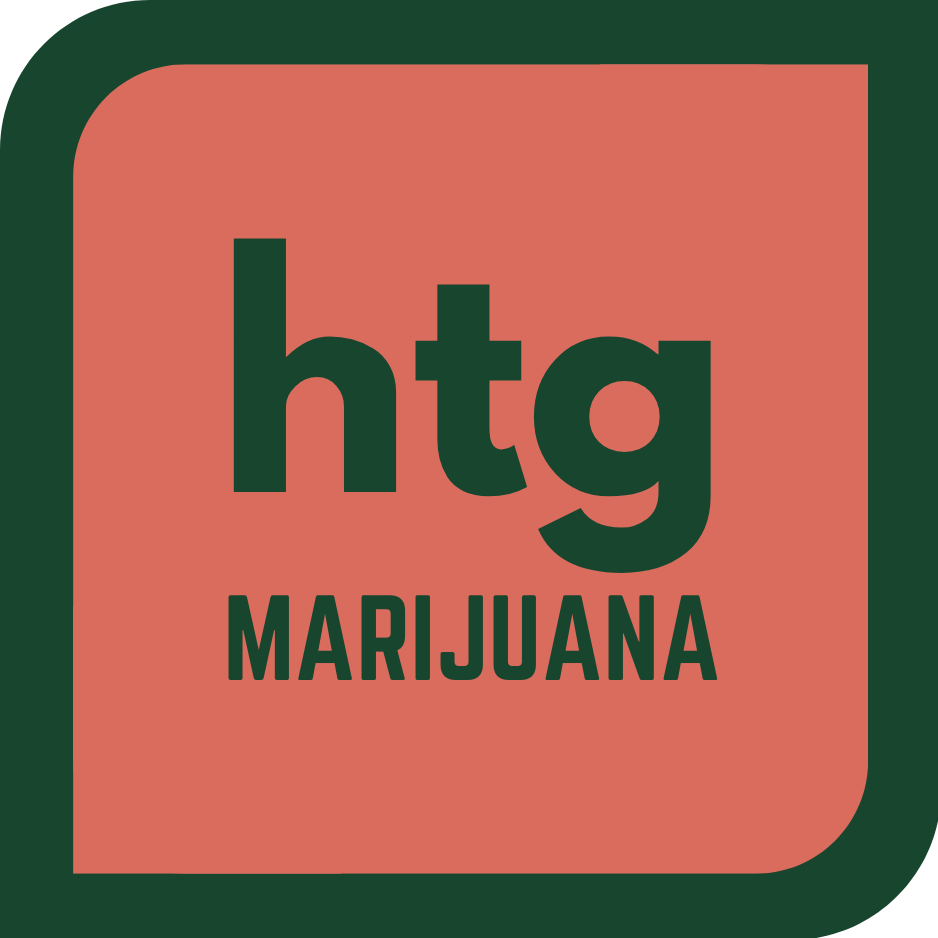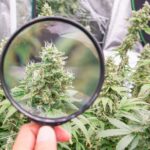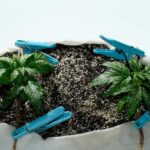The Best Fluffy Pancakes recipe you will fall in love with. Full of tips and tricks to help you make the best pancakes.
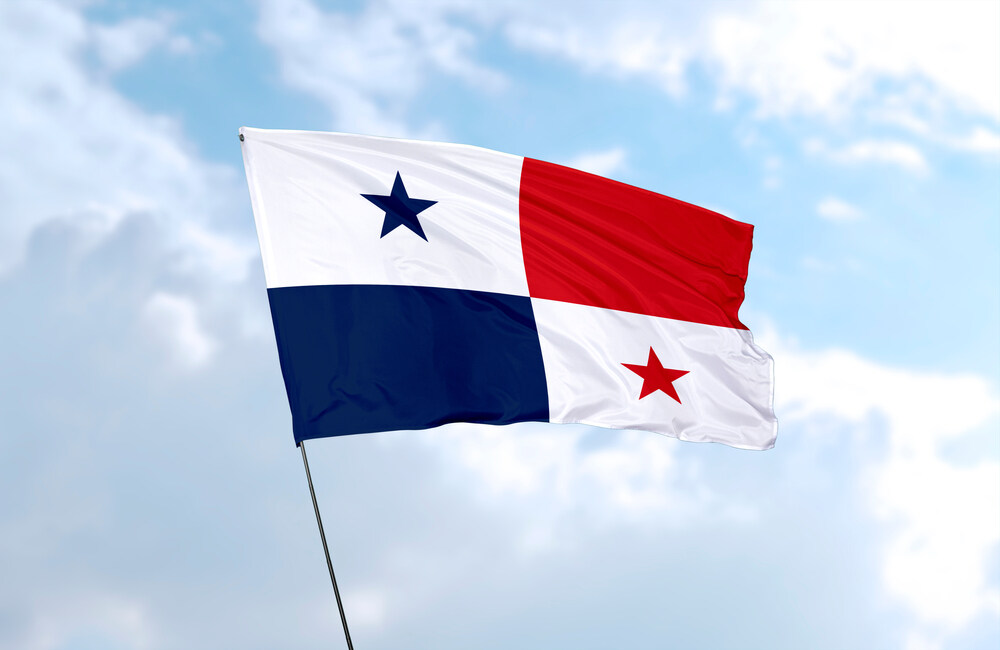
Is Weed Legal in Panama?
You’ve probably wondered: is weed legal in Panama? As a cannabis breeder and grower, I bring years of hands-on cultivation, lab testing, and regulatory navigation into this article. I’ll guide you through Panama’s cannabis landscape with clarity and candour. You’ll see what’s legal, how you get access, what happens if you don’t follow the rules, how it all evolved, and what the future might hold. I’ll break it down step-by-step, seed to sale, with enough detail to grow your understanding—with a little tongue-in-cheek along the way.
Current Legal Status of Cannabis in Panama
You need a clear snapshot before you do anything with cannabis in Panama. I’ll give it to you straight: what’s allowed, what’s restricted, and what’s not happening.
Recreational Use—Is Personal Possession Allowed?
The answer is simple: recreational use of cannabis is not legal in Panama. You cannot legally possess, share, consume, or grow cannabis for fun. Period. Panama’s drug laws treat recreational cannabis as illicit, and there’s no exception for personal use—even if you’re just sparking up after a long day in your grow tent.
Medical Marijuana—Legal Framework and What Law 242 Covers
Here’s the good news for patients: Panama approved Law 242 in 2021 to allow medical cannabis. That means:
- You can legally obtain cannabis-based products if you’re registered and have a qualifying diagnosis.
- The law sets a framework for cultivation licenses, importation for pharmaceutical use, and patient registration.
- It’s a system that is regulated, transparent, and evolving daily.
In practice, I’ve seen patients finally gain relief from chronic pain, nausea, and other conditions—this also gives doctors a legal pathway to recommend cannabis. The law is legal, it is structured, it is patient-centric.
Medical Cannabis Regulation and Access
You want to know how medical cannabis actually reaches your hands or your patients. I’ll explain registration, oversight, and licensing clearly.
Registration Process—National Registry & Patient Eligibility
You begin by registering with Panama’s National Health Ministry (MINSA) to get on the official medical cannabis registry. I walk people through the process:
- Submit medical records and a doctor’s recommendation for a qualifying condition.
- Provide proof of identity and residency.
- Apply through MINSA’s online portal.
This system is reliable, accessible, and relatively straightforward if you follow the steps. Once registered, you are eligible to receive licensed medical cannabis products.

Regulatory Bodies and Licensing—Role of MINSA, Decrees & Oversight
MINSA oversees the whole show. It issues:
- Cultivation licenses so producers can grow cannabis legally.
- Processing permits so tinctures, oils, and other preparations can be made.
- Importation certificates for pharmaceutical-grade products.
Decrees like Decree No. 6 and Decree No. 121 clarify quality control, security measures, and reporting requirements. MINSA also monitors compliance, inspects facilities, and tracks product distribution. That means when I run a grow operation, I am following checks, I am documenting airflow, I am logging THC levels—this also gives regulators peace of mind.
Penalties and Enforcement for Illegal Use
You need to know what’s at stake if you cross the line—especially as a grower or consumer who gets it wrong.
Possession—Consequences and Differentiation Between Personal versus Distribution
If you’re caught with cannabis outside the medical system, you’re looking at jail time, fines, or both. The law distinguishes:
- Personal possession: Even a small amount can lead to serious penalties; it is not treated lightly.
- Distribution: Selling or sharing without license brings harsher sentencing—often years behind bars.
The best rule of thumb? Don’t risk it—unless you’re properly registered under the medical framework.
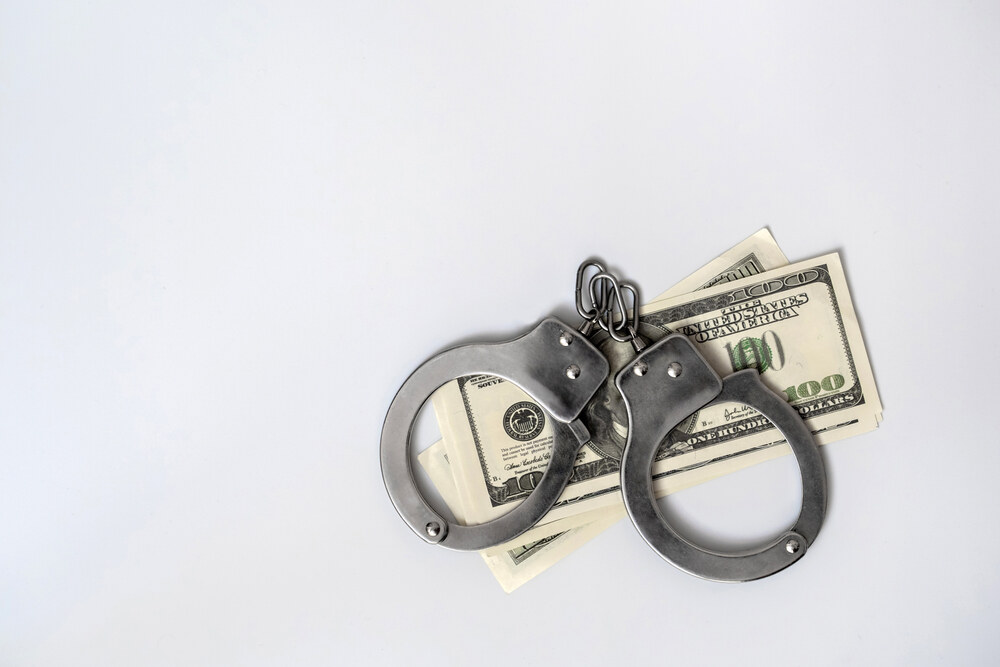
Cultivation, Trafficking & Import/Export—Sentencing Ranges & Offense Severity
Let me break it down clearly:
- Cultivation without a license: Multi-year prison sentence; Panama treats illegal grows as organized criminal activity.
- Trafficking: Heavy penalties; prison terms extend significantly depending on weight, routes, and intent.
- Import/Export: International trafficking is considered a severe offense—expect the longest sentences here.
In short: don’t cultivate, don’t ship, don’t share unless you’ve got the legal license and oversight. You’re safe only if you stay in the regulated lane.
Historical Context & Evolution of Cannabis Laws in Panama
To really understand today, a look back helps you see how we got here—and helps you foresee where we’re heading.
Timeline—From Prohibition in 1923 to Legalization for Medical Use in 2021
Here’s a concise timeline, told with clarity and style:
- 1923: Panama prohibits cannabis use—no exceptions, no nuance.
- Decades of prohibition: Cannabis remains forbidden, with enforcement focused on narcotics control.
- 2000s: Global shifts inspire discussion, but policy remains unchanged.
- 2021: Medical cannabis law (Law 242) passes—Panama finally opens legal doors for patient access.
That is the progression; it is gradual, it is shifting, it is patient-focused.
Shifts in Use, Culture, and Policy over Time
While Panama’s cultural embrace of cannabis hasn’t grown as wildly as in some countries, attitudes are changing. I’ve seen:
- Patients sharing stories of relief and quality of life boosts.
- Growers cautiously pushing for innovation in compliant medical strains.
- Policymakers watching regional reform trends—like in Colombia, Costa Rica, and Mexico—to inform Panama’s next steps.
There’s evolution in culture, in policy, in public interest—it’s subtle, it’s real, it’s building.
Current Developments & Future Outlook
So what’s happening right now, and where might you see Panama headed next? I’ll outline current decrees and help you envision what’s ahead—no guesswork.
Recent Decrees and Regulatory Refinements — Decree No. 121, Decree No. 6, and Licensing Progress
PANAMA has implemented key regulations:
- Decree No. 6: Clarifies product standards, packaging requirements, recordkeeping. It is detailed, it is technical, it is enforceable.
- Decree No. 121: Establishes testing protocols, lab accreditation, THC/CBD thresholds.
- Licensing is progressing. I’ve seen new grow operations come online, labs open, and supply chains start to stabilize. This also signals more patient access soon.
Trends & Potential Reform—Tourism Influence, Regional Developments, Industry Movements
You can look ahead to:
- Cannabis tourism: Might one day emerge in Panama—legal clinics, dispensaries for registered tourists, educational grow-ops.
- Regional influence: With neighbours making moves, Panama could consider broader reforms—like decriminalizing small recreational use or expanding medical conditions.
- Industry growth: Investors, breeders, extractors could enter the market—if regulations evolve to allow more production.
You’re watching a landscape that is steady, that is cautious, that is primed—watch closely, because change could come.
Conclusion
So is weed legal in Panama? The bottom line is: recreational cannabis is still illegal, but medical access exists through Law 242. You can register with MINSA, obtain licensed medical cannabis, and navigate the system as a compliant grower or patient. Penalties for illegal activity remain severe, so stick to the rules. Panama’s cannabis laws have evolved slowly—from outright prohibition in the early 20th century to legal medical use in the 21st century—and the regulatory framework continues to develop via decrees and licensing. If you’re cultivating, getting medical access, or tracking reform trends, do so with respect for the formal process, and you’ll flourish in Panama’s growing scene—pun intended.
As someone who’s bred strains, tested potency, and lived through regulatory changes first-hand, I tell you: this is the path, this is the now, and this is the future—growing steadily, growing smartly, growing legally.
